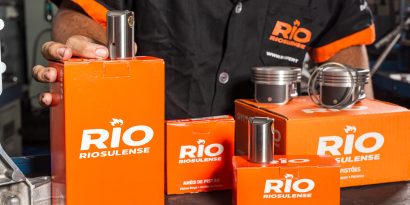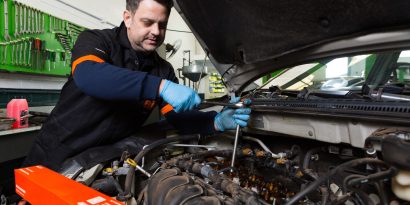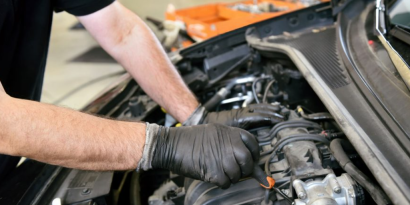Understand what valve float is in the engine and how to avoid costly problems
Keeping your engine healthy is essential for the proper functioning of any vehicle, whether it’s a light, heavy, agricultural, or even marine vehicle. One issue that can arise and negatively affect performance is known as valve float. While less common in modern vehicles thanks to technological advances, this phenomenon can still occur and cause headaches—especially in older, high-performance engines or when preventive maintenance is neglected.
In this article, we’ll clearly explain what valve float is, why it happens, the main symptoms to watch for, and offer essential tips to ensure more safety and efficiency for your vehicle’s engine.
What is valve float?
Inside an engine, valves are critical components that control the intake of the air/fuel mixture and the exit of combustion gases. They are operated by a camshaft, springs, and other components, all functioning at extremely high speeds—especially when the engine runs at high RPM.
Valve float occurs when the valve springs lose the ability to keep the valves stable during high-rev operation. In other words, the spring can no longer properly control the valve’s movements, disrupting the opening and closing timing and causing a loss of synchronization between the valve train (or individual valves) and the pistons.
When this happens, several problems can arise: loss of power, vibrations, metallic noises, and in more severe cases, serious mechanical damage such as bent valves or even holed pistons, due to valve-to-piston collision.
Why does valve float occur?
Several factors can lead to this phenomenon:
Natural wear of the springs: Over time, the constant compression and decompression cycles can weaken the steel of the valve springs, reducing their efficiency.
Prolonged use at very high RPM: Engines subjected to severe use or performance modifications push springs beyond their original capacity.
Incompatible or poorly installed components: Low-quality parts, inadequate springs, or assembly errors can speed up the problem.
Lack of preventive maintenance: Skipping regular check-ups accelerates the deterioration of springs and other valve train components.
What are the symptoms of valve float?
Watch out for the following signs that may indicate valve float:
- Loss of power at high RPM: The engine “bogs down” or fails to respond above a certain rev range.
- Metallic noises from the cylinder head: Sharp knocking, as if something is loose.
- Increased fuel consumption and higher emissions.
- Difficulty keeping the engine running smoothly at higher speeds.
If you notice one or more of these signs, seek immediate evaluation by an engine valve train specialist.
How can you prevent and fix valve float?
The best way to avoid costly repairs is by practicing preventive maintenance and following these guidelines:
1. Replace valve springs periodically or whenever wear is detected.
2. Use approved components, preferably from trusted brands such as RIO, which invests in technology, development, and top-quality materials.
3. If the engine is modified for racing or high-rev use, consider reinforced springs and lighter components.
4. Keep your maintenance records updated, and pay special attention to the valve system, especially if the vehicle operates under extreme conditions.
Today, most modern engines come equipped with electronic rev limiters that help protect against engine overrevving. Nevertheless, attention to component quality remains essential, especially for engines used intensively in work or competition.
Frequently asked questions
1. Can any engine experience valve float?
Yes, but it’s much less common in engines with up-to-date maintenance and high-quality components. Everyday vehicles are less prone to the problem thanks to advances in automotive electronics.
2. Can valve float damage the engine?
Definitely. If ignored, it can lead to anything from power loss to severe damage, such as broken valves or pistons.
3. What sets RIO’s valve springs apart?
RIO uses state-of-the-art materials and precise machining processes, ensuring greater strength, durability, and exact fit for each engine model.
4. How often should valve springs be replaced?
The interval depends on usage. For heavy-duty commercial vehicles or those used in severe conditions, inspection and replacement should be more frequent. Always consult the manufacturer’s manual and choose RIO’s quality for replacements.
Valve float can impact your engine!
Valve float is a problem that can severely affect your engine’s performance and durability, especially if the system is outdated or the springs are fatigued. With high-performance parts like those offered by RIO, you guarantee precision, reliability, and longer lifespan for your vehicle’s heart.
If you want to avoid headaches, always choose RIO automotive components—tradition in technology and quality for over 79 years. Check our full catalog and find the perfect part for your needs!





